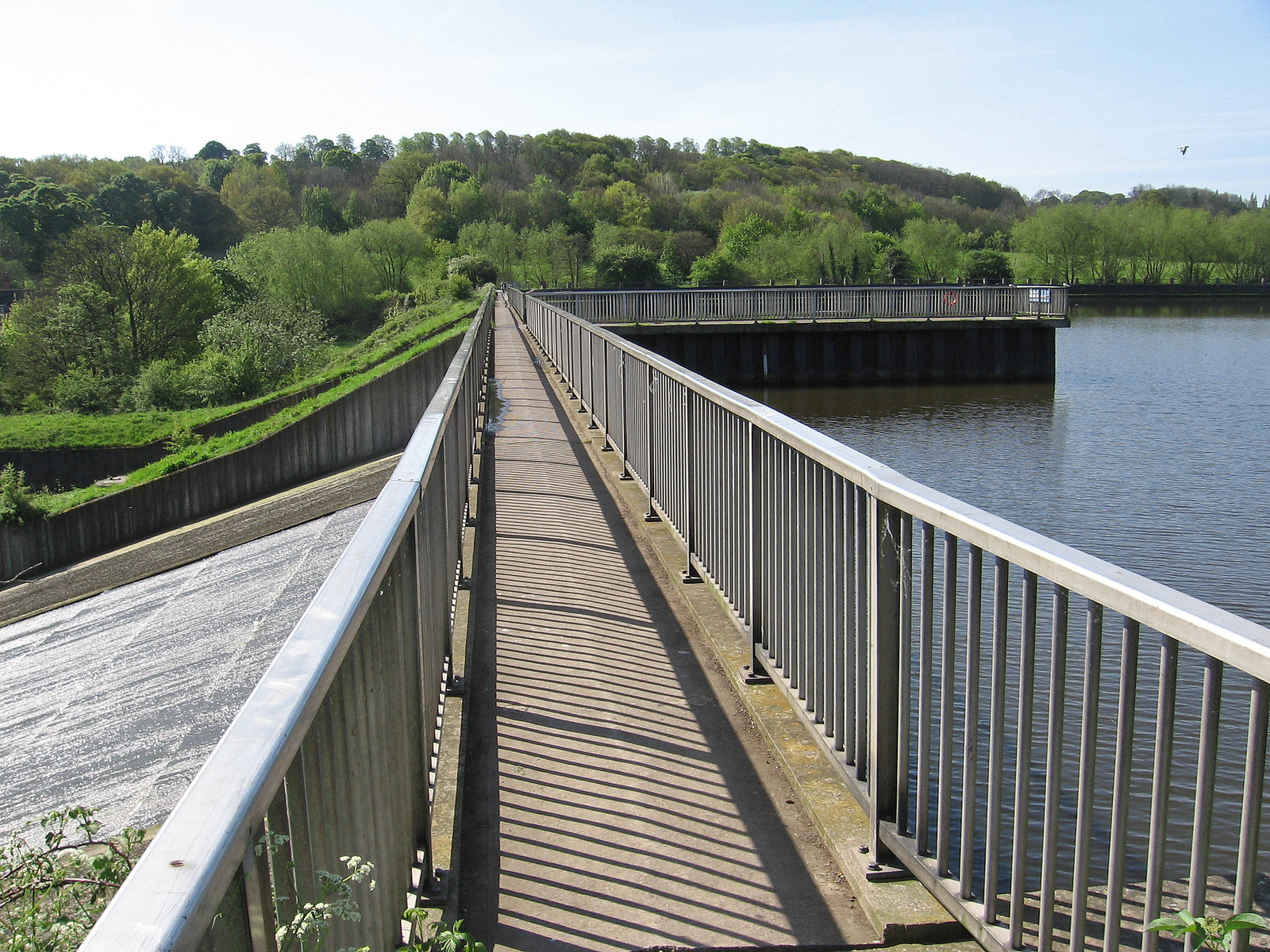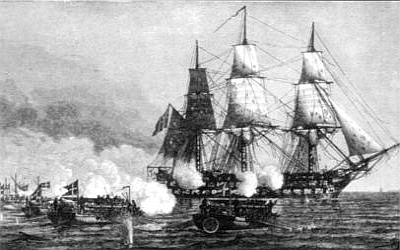|
Houndhill
Houndhill is a substantial Grade II listed Tudor Farmhouse (part timber-framed) in Worsbrough, near Barnsley, South Yorkshire, England. The present house, which dates from the late 16th century with 17th-century additions, was originally built by Robert Elmhirst. His son Richard Elmhirst, who sided with the Royalists, constructed the fortifications in 1642 at the beginning of the English Civil War. It was extensively renovated in 1934. The house is built in ashlar, with a stone slate roof in two storeys to an H-shaped plan. The older wing is timber framed. History The first specific reference to land at Houndhill appears in a lawsuit of 1556, but it is not known when the land was acquired or when the first house was built there. However, the first known reference to the family of Elmhirst living in the district appears in the Rockley Manor Court Rolls of 1340 (The Manor of Rockley adjoined the Manor of Worsbrough) when Roger Elmhirst was fined four pence for allowing his two h ... [...More Info...] [...Related Items...] OR: [Wikipedia] [Google] [Baidu] |
Leonard Knight Elmhirst
Leonard Knight Elmhirst (6 June 1893 – 16 April 1974) was a British philanthropist and agronomist who worked extensively in India. He co-founded with his wife, Dorothy, the Dartington Hall project in progressive education and rural reconstruction. Biography Leonard Elmhirst was born into a landed gentry family in Worsbrough (now part of Barnsley, Yorkshire), where the family seat is Houndhill. He was the second of nine siblings (eight boys and one girl). His elder brother, Captain William Elmhirst, was killed on 13 November 1916, aged 24, while serving with the 8th Battalion East Yorkshire Regiment during the Battle of the Somme, and the third son, Second Lieutenant Ernest Christopher Elmhirst, was killed on 7 August 1915, aged 20, while serving with the 8th Bn. Duke of Wellington's (West Riding Regiment) during the Gallipoli Campaign; both during World War I. The fourth son, Thomas became Air Marshal Sir Thomas Elmhirst (KBE, CB, AFC, DL, RAF). In 1912 Leonard Elmhirst we ... [...More Info...] [...Related Items...] OR: [Wikipedia] [Google] [Baidu] |
Thomas Elmhirst
Air Marshal Sir Thomas Walker Elmhirst, (15 December 1895 – 6 November 1982), was a senior commander in the Royal Air Force in the first half of the 20th century and the first commander-in-chief of the Royal Indian Air Force upon Indian independence in August 1947, in which post he organised the funeral of Mahatma Gandhi following his assassination in 1948. He later became the Lieutenant-Governor and Commander-in-Chief of Guernsey from 1953 to 1958. Family Thomas Elmhirst was born on 15 December 1895 to Reverend William Heaton Elmhirst (b. 1856) and Mary Elmhirst (née Knight) (b. 1863), a landed gentry family in Yorkshire, where the family seat is Houndhill. He was the fourth of eight boys and had one youngest sister. The children were: *Captain William Elmhirst (1892-1916), killed on 13 November 1916 while serving with the 8th Bn. East Yorkshire Regiment during the Battle of the Somme * Leonard Knight Elmhirst (1893–1974), a noted philanthropist and educational reformer w ... [...More Info...] [...Related Items...] OR: [Wikipedia] [Google] [Baidu] |
Grade II* Listed Buildings In South Yorkshire
There are over 20,000 Grade II* listed buildings in England. This list includes those in South Yorkshire. Barnsley Doncaster Rotherham Sheffield Notes External links {{DEFAULTSORT:Grade II Listed Buildings In South Yorkshire South Yorkshire South Yorkshire is a ceremonial county, ceremonial and metropolitan county, metropolitan county in the Yorkshire and Humber Region of England. The county has four council areas which are the cities of City of Doncaster, Doncaster and City of Sh ... Lists of listed buildings in South Yorkshire ... [...More Info...] [...Related Items...] OR: [Wikipedia] [Google] [Baidu] |
Worsbrough
Worsbrough is an area about two miles south of Barnsley in the metropolitan borough of Barnsley, South Yorkshire, England. Before 1974, Worsbrough had its own urban district council in the West Riding of the historic county of Yorkshire and it is still counted as a separate place from Barnsley by the 2011 Census, but it is often treated as part of Barnsley as the two settlements run into one another. Geography Worsbrough includes Worsbrough Bridge, Worsbrough Common, Worsbrough Dale, Worsbrough Village and Ward Green. The River Dove flows east–west through Worsbrough and the reservoir before joining the River Dearne and the area is built on its valley. The A61 traverses this large valley, south of Barnsley, before passing through Birdwell to junction 36 of the M1. A railway line, the former Woodhead Line, passed along the valley as well, which is now the Trans-Pennine Trail. It joined the Huddersfield-Barnsley Line at Silkstone Common to the west and across to Wombwel ... [...More Info...] [...Related Items...] OR: [Wikipedia] [Google] [Baidu] |
Tower At Hound Hill (geograph 3236229)
A tower is a tall structure, taller than it is wide, often by a significant factor. Towers are distinguished from masts by their lack of guy-wires and are therefore, along with tall buildings, self-supporting structures. Towers are specifically distinguished from buildings in that they are built not to be habitable but to serve other functions using the height of the tower. For example, the height of a clock tower improves the visibility of the clock, and the height of a tower in a fortified building such as a castle increases the visibility of the surroundings for defensive purposes. Towers may also be built for observation, leisure, or telecommunication purposes. A tower can stand alone or be supported by adjacent buildings, or it may be a feature on top of a larger structure or building. Etymology Old English ''torr'' is from Latin ''turris'' via Old French ''tor''. The Latin term together with Greek τύρσις was loaned from a pre-Indo-European Mediterranean langua ... [...More Info...] [...Related Items...] OR: [Wikipedia] [Google] [Baidu] |
Royal Indian Air Force
The Royal Indian Air Force (RIAF) was the aerial force of British India and later the Dominion of India. Along with the Indian Army, and Royal Indian Navy, it was one of the Armed Forces of British Indian Empire. The Indian Air Force was officially established on 8 October 1932. Its first flight came into being on 1 April 1933 with six RAF-trained officers and 19 ''Havai Sepoys'' (air soldiers). The aircraft inventory consisted of four Westland Wapiti IIA army co-operation biplanes at Drigh Road, Karachi as the "A" Flight nucleus of the planned No.1 (Army Co-operation) Squadron. History During the First World War, four Indian volunteers – Lieutenants Shri Krishna Chandra Welinkar, Hardit Singh Malik, Errol Suvo Chunder Sen and Indra Lal Roy – served as fighter pilots with the Royal Flying Corps. In September 1917, Sen was shot down and became a prisoner-of-war; and over the next 10 months, Malik was wounded and Welinkar and Roy were killed. ‘Laddie’ Roy destroye ... [...More Info...] [...Related Items...] OR: [Wikipedia] [Google] [Baidu] |
Lieutenant-Governor Of Guernsey
The Lieutenant Governor of Guernsey is the representative of the British monarch in the Bailiwick of Guernsey, a Crown dependency of the British Crown. The role of the Lieutenant Governor is to act as the ''de facto'' head of state in Guernsey and as liaison between the governments of Guernsey and the United Kingdom. The holder of this office is also ex officio a member of the States of Guernsey but may not vote and, by convention, speaks in the Chamber only on appointment and on departure from post. The duties are primarily diplomatic and ceremonial. He has the authority to appointment two members of the board of governors of Elizabeth College and the Priaulx Library. The Lieutenant Governor has his own flag in Guernsey, the Union Flag defaced with the Bailiwick's coat of arms. History The Crown appointed Wardens or Keepers to represent its interests in the Channel Islands. After 1473 separate Wardens were appointed for Guernsey and Jersey, the title of Captain or Governor ... [...More Info...] [...Related Items...] OR: [Wikipedia] [Google] [Baidu] |
Midshipman
A midshipman is an officer of the lowest rank, in the Royal Navy, United States Navy, and many Commonwealth navies. Commonwealth countries which use the rank include Canada (Naval Cadet), Australia, Bangladesh, Namibia, New Zealand, South Africa, India, Pakistan, Singapore, Sri Lanka, and Kenya. In the 17th century, a midshipman was a rating for an experienced seaman, and the word derives from the area aboard a ship, amidships, either where he worked on the ship, or where he was berthed. Beginning in the 18th century, a commissioned officer candidate was rated as a midshipman, and the seaman rating began to slowly die out. By the Napoleonic era (1793–1815), a midshipman was an apprentice officer who had previously served at least three years as a volunteer, officer's servant or able seaman, and was roughly equivalent to a present-day petty officer in rank and responsibilities. After serving at least three years as a midshipman or master's mate, he was eligible to take the e ... [...More Info...] [...Related Items...] OR: [Wikipedia] [Google] [Baidu] |
HMS Africa (1781)
HMS ''Africa'' was a 64-gun third-rate ship of the line of the Royal Navy, launched by William Barnard at Barnard's Thames Yard in Deptford on 11 April 1781. Construction and design ''Africa'' was a 64-gun third-rate ''Inflexible''-class ship of the line designed by John Williams.Winfield, ''British Warships'', p. 523Winfield, ''British Warships'', p. 524 Her class was a smaller version of the 74-gun ship of the line HMS ''Albion'' designed by Sir Thomas Slade which in turn was influenced by the 1719 Establishment design of the 90-gun ship of the line HMS ''Neptune''. ''Africa'' was ordered on 11 February 1778 to be built at Deptford Dockyard by Adams and Barnard and approved for construction on 29 February. She was laid down on 2 March and launched on 11 April 1781 with the following dimensions: along the gun deck, at the keel, with a beam of and a depth in the hold of . She measured 1,414 tons burthen. The fitting out process for ''Africa'' was completed at the Deptf ... [...More Info...] [...Related Items...] OR: [Wikipedia] [Google] [Baidu] |
Battle Of Trafalgar
The Battle of Trafalgar (21 October 1805) was a naval engagement between the British Royal Navy and the combined fleets of the French and Spanish Navies during the War of the Third Coalition (August–December 1805) of the Napoleonic Wars (1803–1815). As part of Napoleon's plans to invade England, the French and Spanish fleets combined to take control of the English Channel and provide the Grande Armée safe passage. The allied fleet, under the command of the French admiral, Pierre-Charles Villeneuve, sailed from the port of Cádiz in the south of Spain on 18 October 1805. They encountered the British fleet under Lord Nelson, recently assembled to meet this threat, in the Atlantic Ocean along the southwest coast of Spain, off Cape Trafalgar. Nelson was outnumbered, with 27 British ships of the line to 33 allied ships including the largest warship in either fleet, the Spanish ''Santísima Trinidad''. To address this imbalance, Nelson sailed his fleet directly at the allied ba ... [...More Info...] [...Related Items...] OR: [Wikipedia] [Google] [Baidu] |
.jpg)



